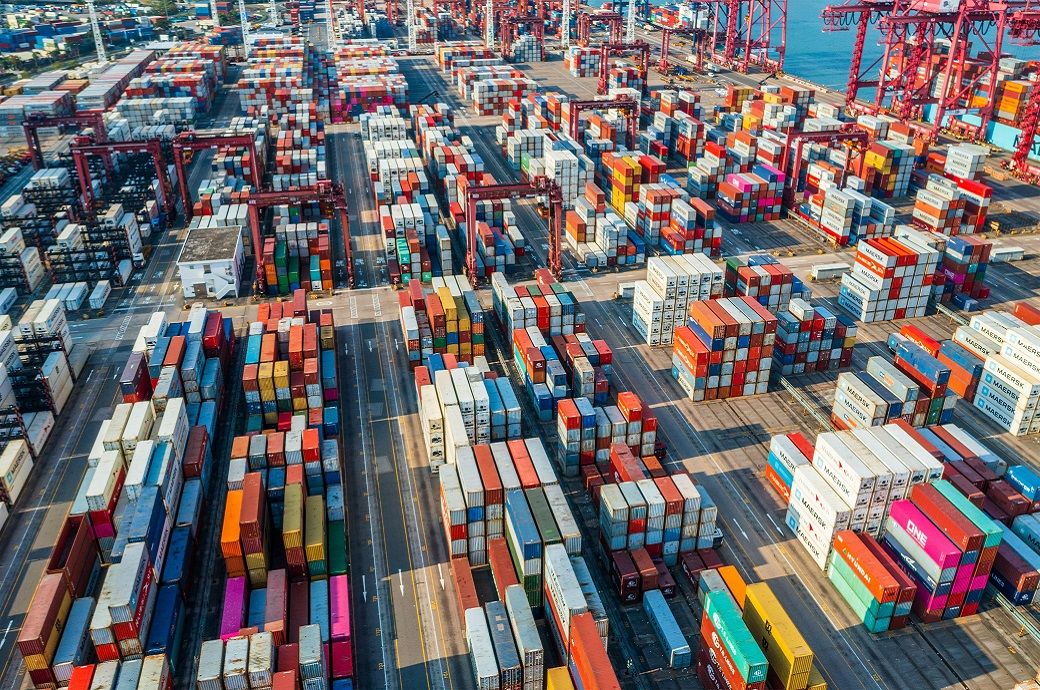
The current round of successful increases in container trade has largely been attributed to a redoubling of efforts by carriers to control capacity amid a raft of blanked sailings and vessel layups, rather than any material uptick on the demand side, S&P Global noted.
In fact, import demand is projected to remain weak in the first half (H1) of the year.
US West Coast ports were forecast to handle 5.78 million TEU during H1 2023, down by 24.6 per cent, while US East Coast volumes were forecast to decline by 15.9 per cent to 5.55 million TEU, Hackett Associates said in its most recent Port Tracker report.
Year-to-date container imports through February were down by 20.7 per cent to 3.77 million TEU, with H1 volumes expected to come in 19.5 per cent below the same period in 2022.
In the Atlantic Basin, excess capacity and weaker demand continue to take their toll on rates, S&P Global’s David Lademan and Laura Aebi wrote in an article on the company website.
Since demand on the trans-Pacific trade lane began to wane in 2022, many carriers shifted their vessels to the more-lucrative trans-Atlantic route, bringing a shift toward overcapacity on the trade, they noted.
Simultaneously, sources pointed to weak demand and inflated European energy costs as other factors contributing to the bearish landscape, they added.
ALCHEMPro News Desk (DS)
Receive daily prices and market insights straight to your inbox. Subscribe to AlchemPro Weekly!